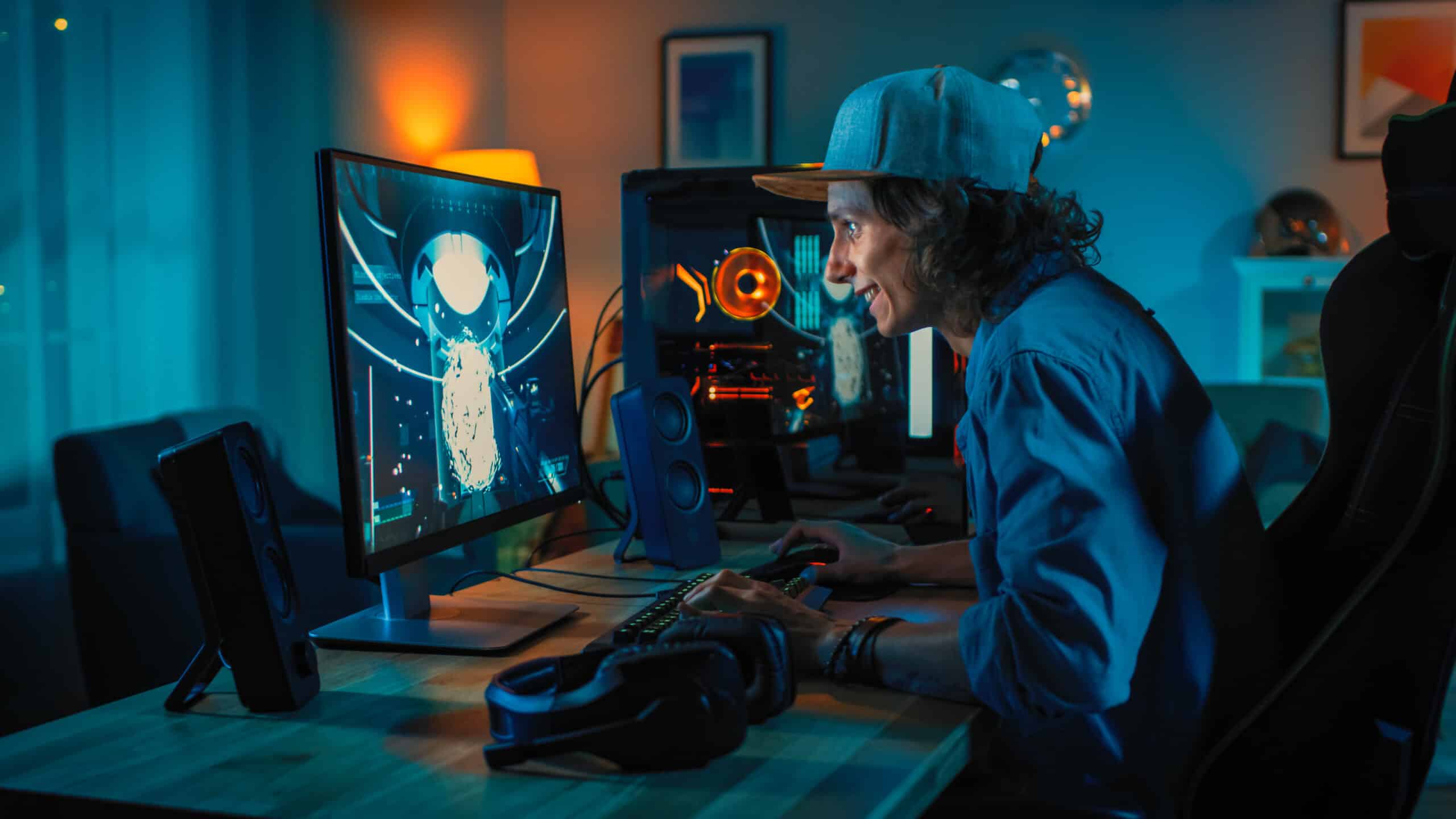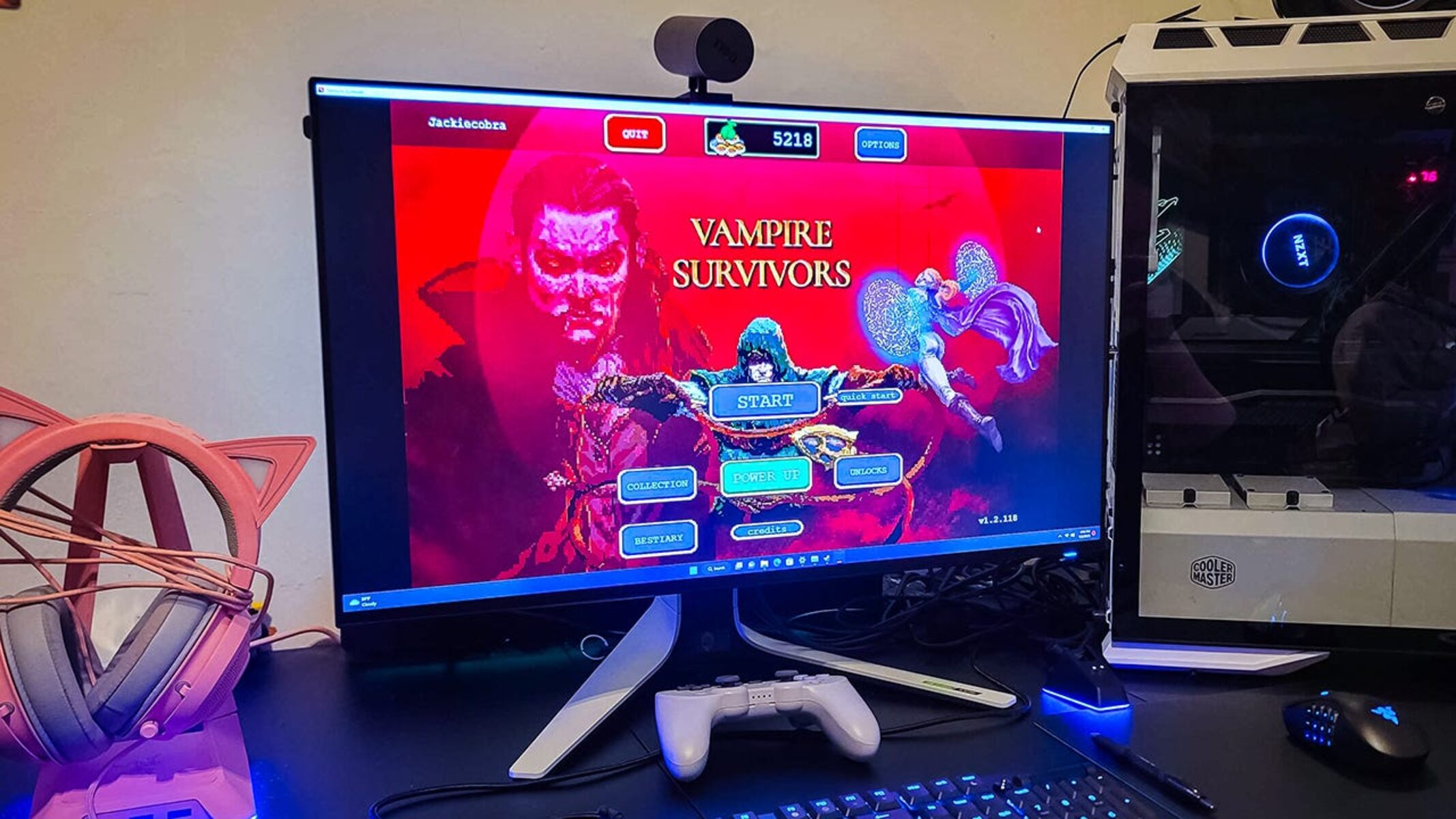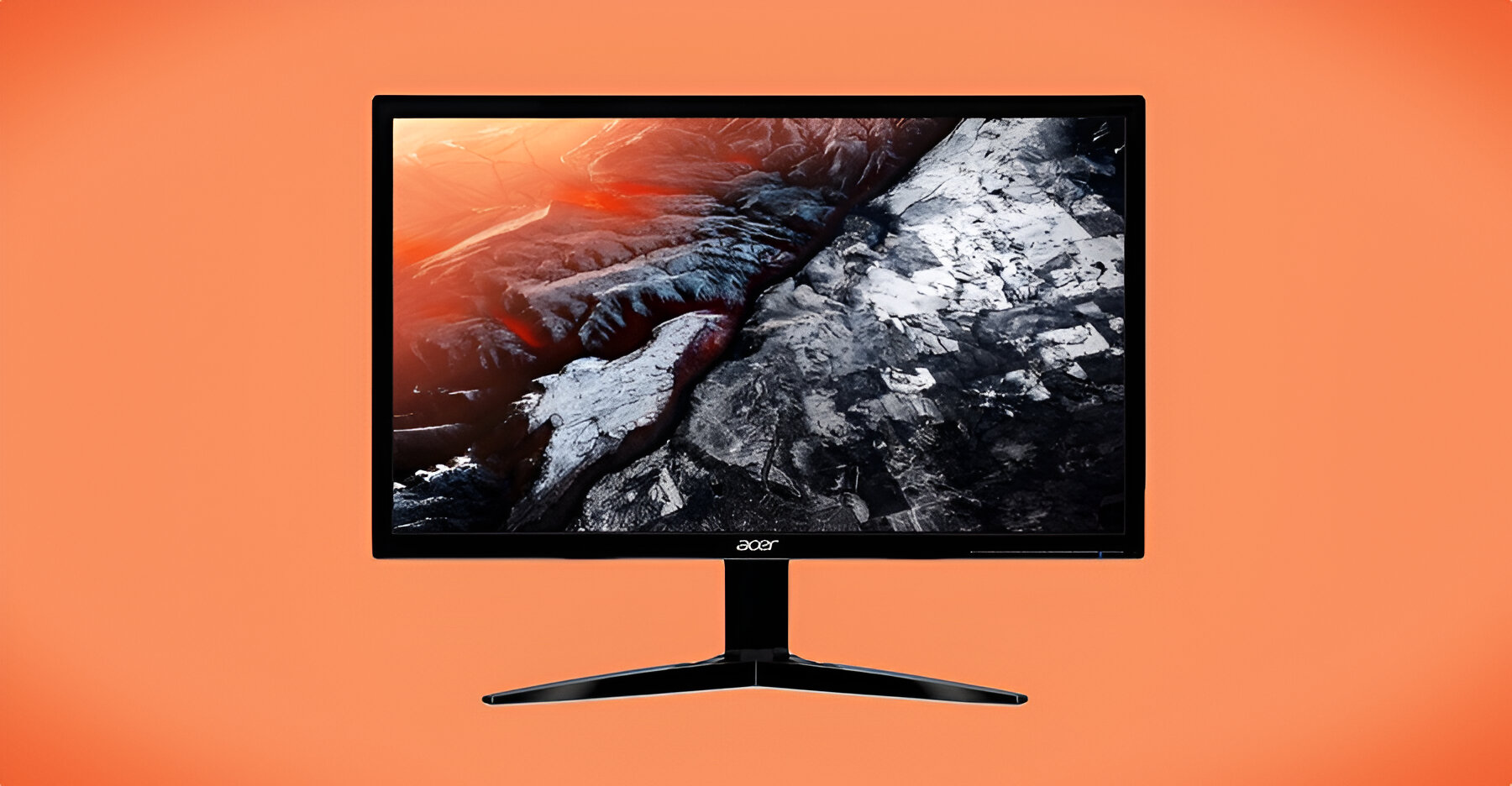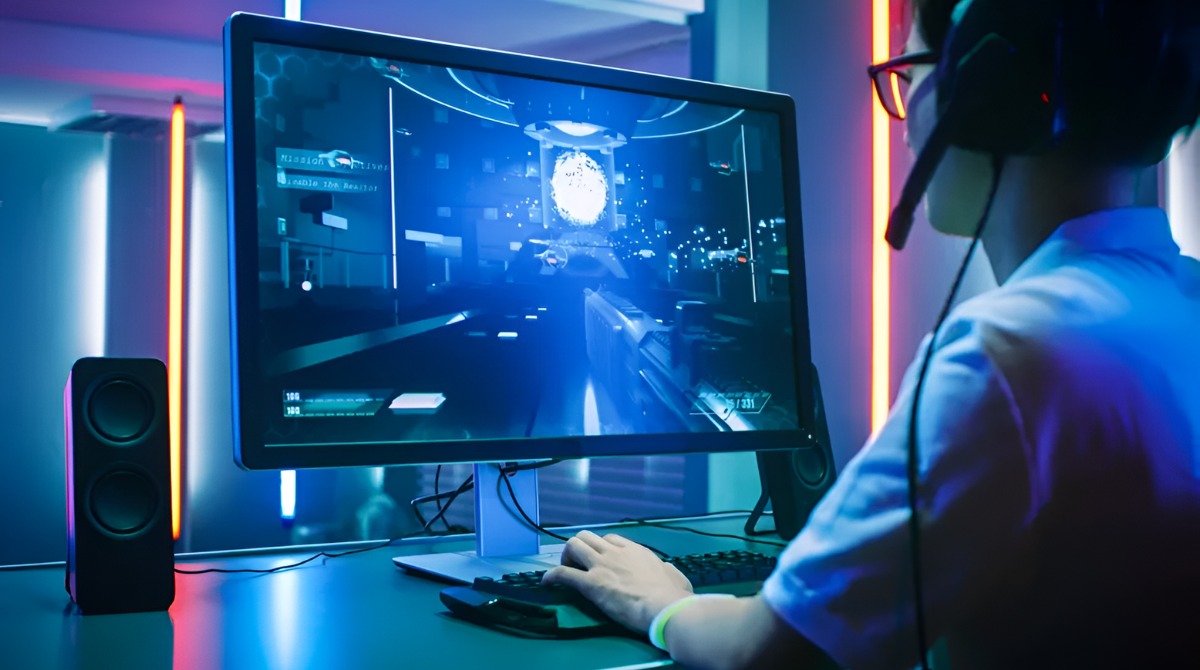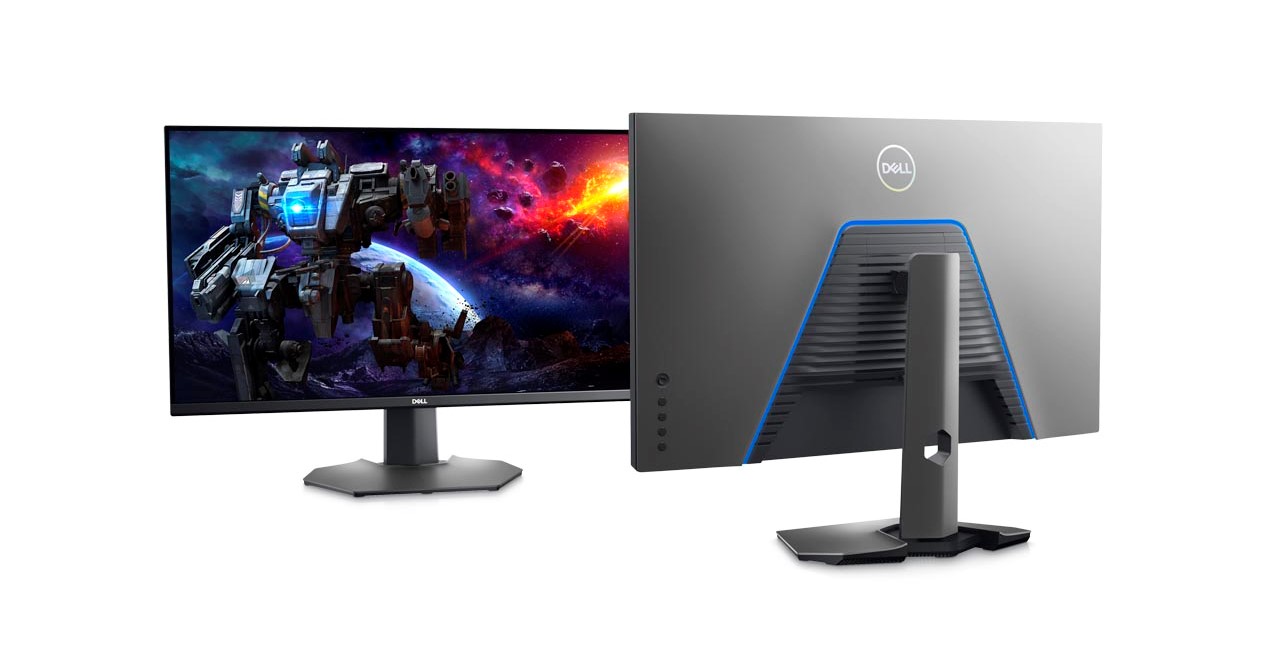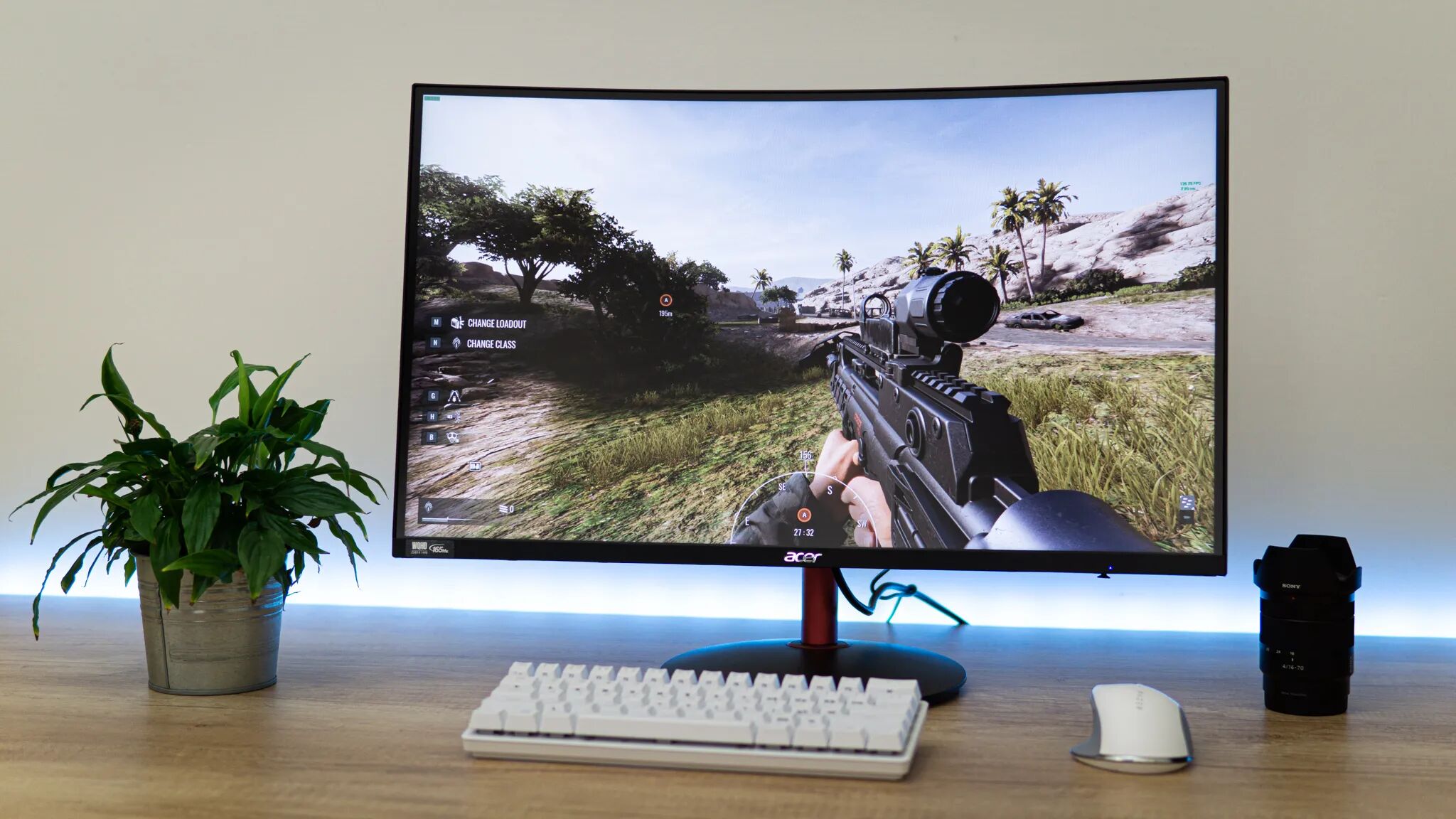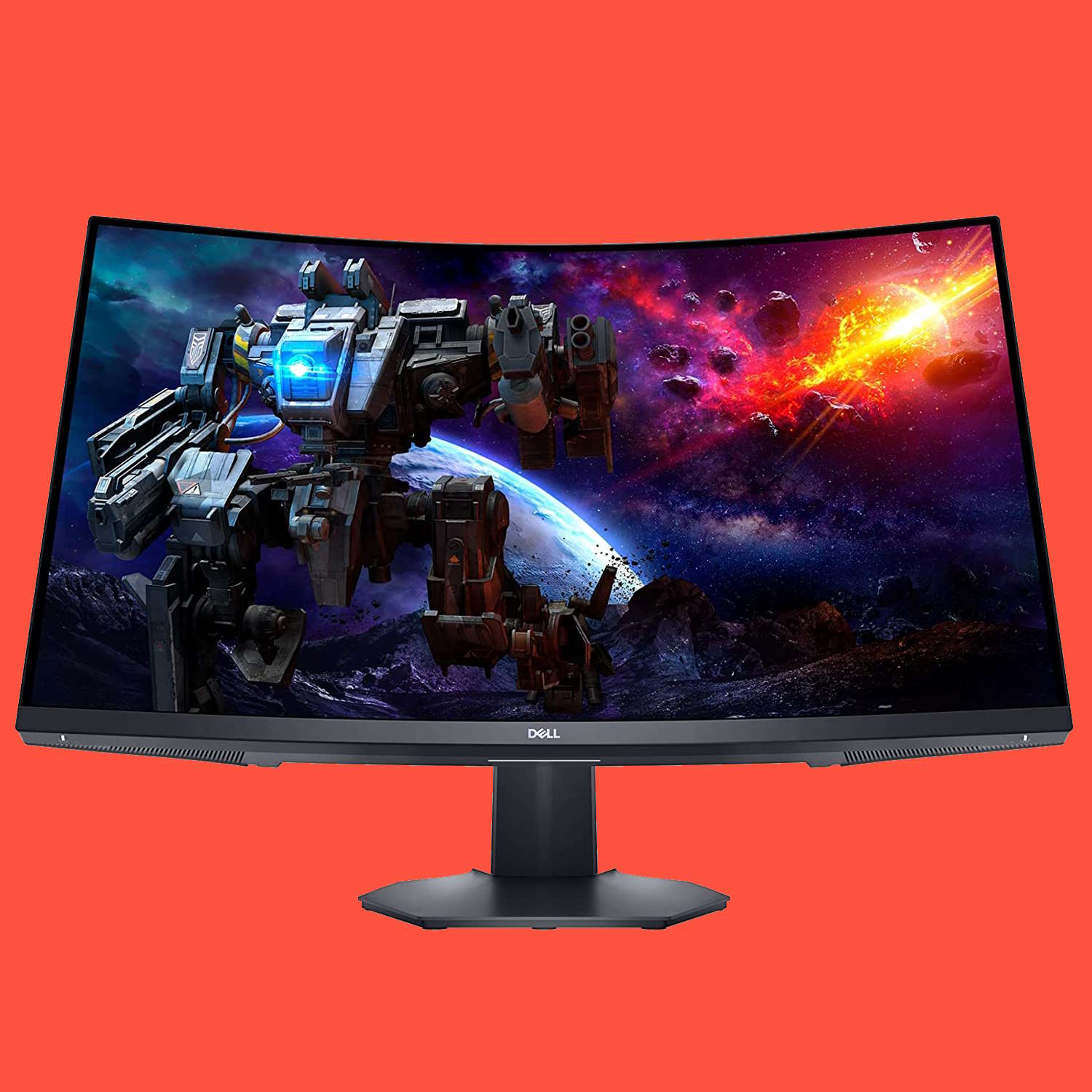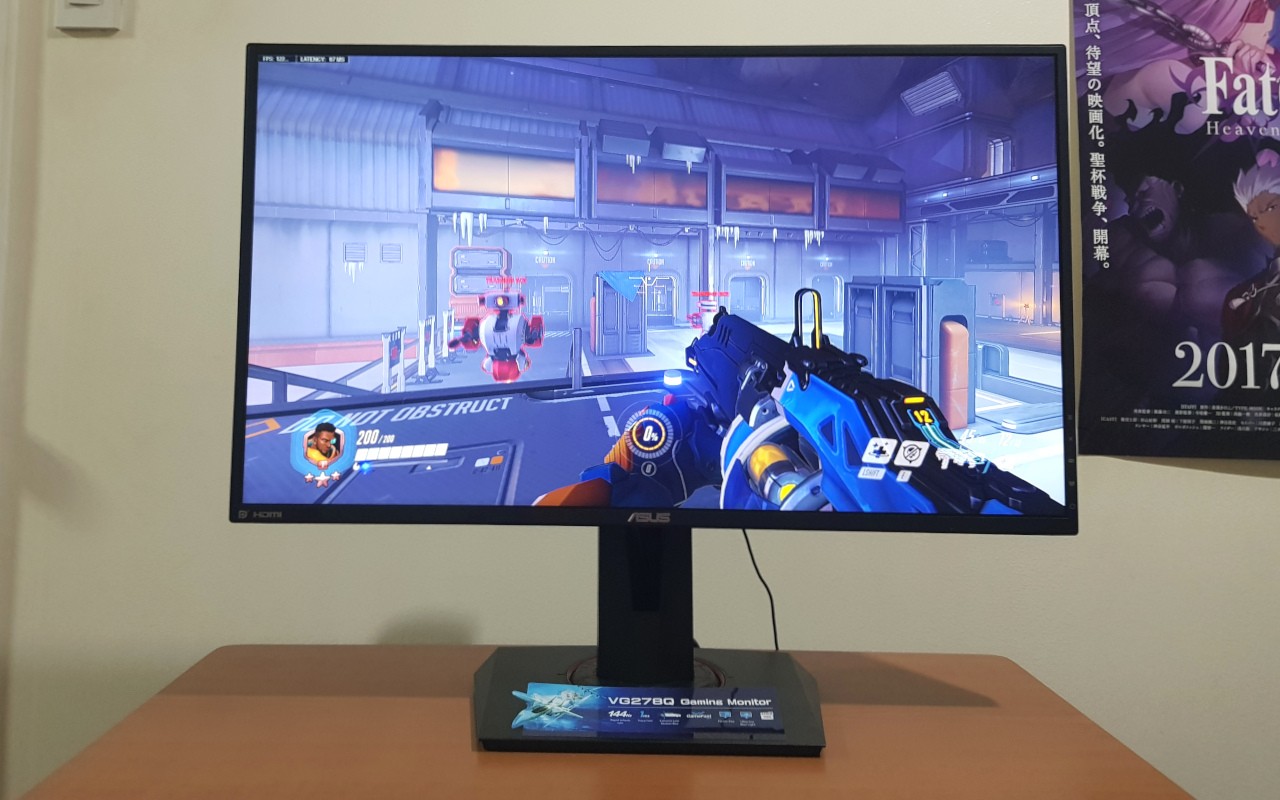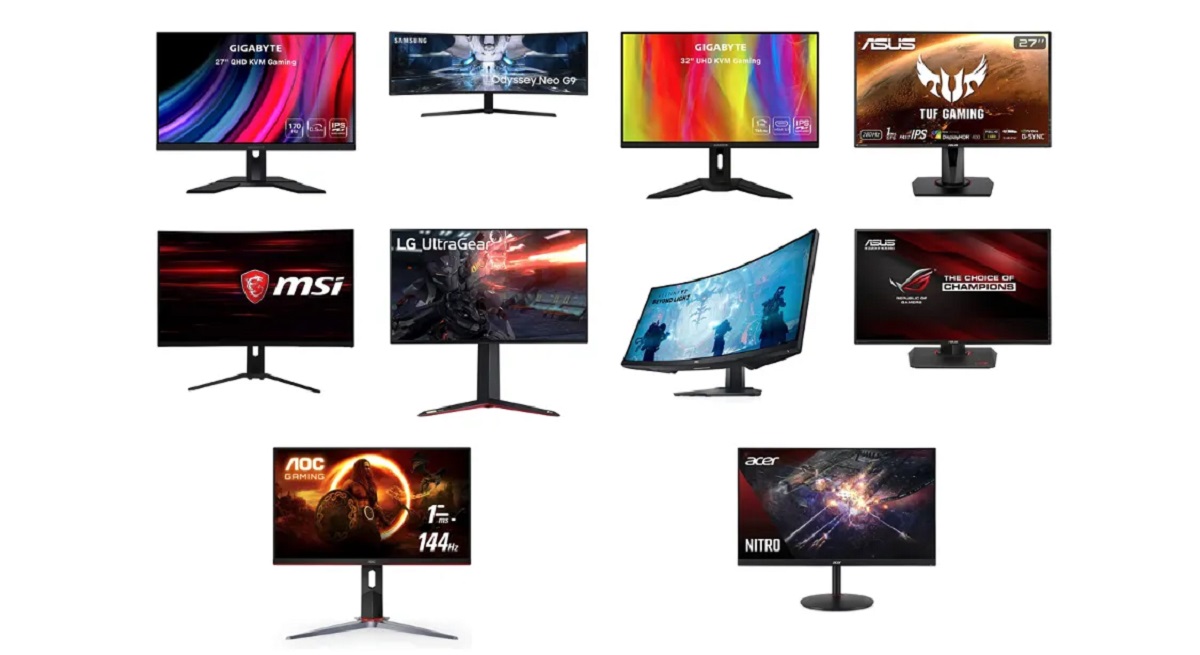Introduction
Welcome to the world of gaming, where every millisecond counts. As a gamer, you know that a smooth and seamless gaming experience can make all the difference. One crucial factor that affects your gaming experience is the refresh rate of your monitor. The refresh rate determines how frequently your monitor updates the image it displays. A higher refresh rate means more updated and fluid visuals, translating into a more immersive and responsive gaming experience.
In this article, we will delve into the world of refresh rates for gaming monitors. We will explore what refresh rates are, why they are important for gaming, and the common refresh rates available in the market. We will also discuss the factors you should consider when choosing the right refresh rate for your gaming needs.
Whether you’re a casual gamer or a competitive esports player, understanding refresh rates can help you make an informed decision when purchasing a gaming monitor. Without further ado, let’s dive into the exciting realm of gaming monitor refresh rates.
What is the Refresh Rate?
The refresh rate of a monitor refers to the number of times per second the display updates with new images. It is measured in Hertz (Hz), which represents the number of cycles per second. For example, a monitor with a refresh rate of 60Hz updates the image on the screen 60 times per second.
Each update, known as a refresh, involves the monitor redrawing the entire screen. By refreshing the image multiple times per second, the monitor creates the illusion of movement and ensures smoother visuals. The higher the refresh rate, the more frequently the monitor updates the image, resulting in a smoother and more responsive display.
It is important to note that the refresh rate is different from the frame rate. The frame rate is the number of individual frames or images that the graphics card and game can produce in one second. The refresh rate, on the other hand, is how many times per second your monitor can display those frames. Having a higher frame rate is beneficial, but if your monitor’s refresh rate is lower, you won’t be able to fully experience the higher frame rate.
Now that we understand what the refresh rate is, let’s explore why it is crucial for gaming.
Why is Refresh Rate Important for Gaming?
The refresh rate of your gaming monitor plays a significant role in enhancing your overall gaming experience. Here are a few reasons why refresh rate is important for gaming:
1. Smooth and Fluid Gameplay: A higher refresh rate allows for smoother and more fluid gameplay. With a higher refresh rate, the monitor updates the image more frequently, reducing motion blur and providing a more immersive gaming experience. This is especially important for fast-paced action games where quick reactions and smooth visuals are crucial.
2. Reduced Input Lag: Input lag is the delay between your actions in-game and the corresponding response on your monitor. With a higher refresh rate, input lag is significantly reduced, resulting in more immediate and responsive controls. This can give you a competitive edge in online multiplayer games where split-second reactions can make all the difference.
3. Improved Visual Clarity: A higher refresh rate ensures that each frame is displayed for a shorter duration, reducing the chance of ghosting or motion artifacts. Ghosting refers to the trail or blur that can occur when objects move quickly across the screen. With a higher refresh rate, the image is updated more frequently, minimizing these visual distortions and providing crisp and clear visuals.
4. Enhanced Immersion: Gaming is all about immersion, and a higher refresh rate can greatly enhance the sense of immersion in games. The smooth and fluid visuals make you feel more connected to the virtual world, allowing you to fully engross yourself in the gameplay. Whether you’re exploring a vast open world or engaging in intense combat, a higher refresh rate can make the gaming experience more captivating and enjoyable.
5. Future-Proofing: Investing in a gaming monitor with a higher refresh rate not only improves your current gaming experience but also future-proofs your setup. As technology advances and more demanding games are released, having a monitor with a higher refresh rate ensures that you can take full advantage of the improved visuals and gameplay that future games may offer.
In summary, a higher refresh rate provides smoother gameplay, reduced input lag, improved visual clarity, enhanced immersion, and future-proofing for your gaming experience. Now let’s explore the common refresh rates available for gaming monitors.
Common Refresh Rates for Gaming Monitors
Gaming monitors come in various refresh rate options, each catering to different gaming needs and preferences. Here are some of the most common refresh rates you will come across when choosing a gaming monitor:
1. 60Hz Refresh Rate: The 60Hz refresh rate is the standard and most common refresh rate found in many monitors. It provides decent smoothness and is suitable for casual gaming or non-competitive gameplay. While it may not offer the same level of fluidity and responsiveness as higher refresh rates, it still delivers a satisfactory gaming experience.
2. 144Hz Refresh Rate: The 144Hz refresh rate has become increasingly popular among gamers due to its significant improvement over 60Hz. With four times the refresh rate of 60Hz, a 144Hz monitor offers noticeably smoother gameplay, reduced motion blur, and enhanced responsiveness. This refresh rate is ideal for competitive gaming and fast-paced action games where quick reactions are crucial.
3. 240Hz Refresh Rate: The 240Hz refresh rate takes smoothness and responsiveness to the next level. With a refresh rate of 240Hz, the monitor updates the image a remarkable 240 times per second, resulting in ultra-smooth gameplay. This high refresh rate is especially beneficial for professional gamers or esports enthusiasts who prioritize the absolute smoothest and most fluid gaming experience.
It is important to note that while higher refresh rates offer significant advantages, you also need a powerful graphics card that can produce enough frames per second to match the monitor’s refresh rate. Otherwise, you may not fully utilize the benefits of a higher refresh rate.
Now that we have explored the common refresh rates for gaming monitors, let’s move on to the factors you should consider when choosing the right refresh rate for your gaming needs.
60Hz Refresh Rate
The 60Hz refresh rate is the standard refresh rate found in many gaming monitors. While it may not offer the same level of smoothness and responsiveness as higher refresh rates, it still provides a satisfactory gaming experience, especially for casual gamers or those who prioritize image quality over fluidity.
With a 60Hz refresh rate, the monitor updates the image on the screen 60 times per second. This means that each frame is displayed for approximately 16.67 milliseconds. While this may be sufficient for most casual gaming scenarios, it may not be ideal for fast-paced action games or competitive gameplay where quick reactions are crucial.
One advantage of a 60Hz refresh rate is that it requires less computational power from your graphics card compared to higher refresh rates. This can be beneficial if you have a lower-end or older graphics card that may struggle to produce a higher frame rate.
However, it’s worth noting that if your graphics card can produce a frame rate higher than 60 frames per second (fps), you won’t be able to fully experience the benefits of the higher frame rate on a 60Hz monitor. This is because the monitor’s refresh rate limits the maximum number of frames it can display per second.
In summary, a 60Hz refresh rate is suitable for casual gamers who prioritize image quality over smoothness. It provides a satisfactory gaming experience but may not be ideal for competitive gaming or fast-paced action games where higher refresh rates can offer a noticeable advantage.
Now, let’s explore the next refresh rate: the 144Hz refresh rate.
144Hz Refresh Rate
The 144Hz refresh rate has become increasingly popular among gamers due to its significant improvement over the standard 60Hz refresh rate. With four times the refresh rate of 60Hz, a 144Hz gaming monitor offers a noticeably smoother and more fluid gaming experience.
With a 144Hz refresh rate, the monitor updates the image on the screen a remarkable 144 times per second, reducing motion blur and providing enhanced visual clarity. This increased refresh rate makes a noticeable difference, especially in fast-paced action games where quick reactions are crucial.
One of the main advantages of a 144Hz refresh rate is the enhanced responsiveness it offers. With each frame being displayed for approximately 6.94 milliseconds, the monitor can keep up with fast-moving objects, resulting in reduced motion blur and a more immersive gaming experience.
The 144Hz refresh rate is particularly beneficial for competitive gamers who need every advantage they can get. The smoother and more fluid gameplay allows players to spot and react to enemy movements more quickly, giving them a competitive edge in intense multiplayer matches.
It’s important to mention that to fully utilize the benefits of a 144Hz refresh rate, your graphics card needs to be able to produce a frame rate that matches or exceeds 144 frames per second (fps). If your graphics card can’t keep up, you may not notice a significant improvement over a lower refresh rate.
In summary, a 144Hz refresh rate provides a significant improvement over the standard 60Hz refresh rate. It offers smoother gameplay, reduced motion blur, and enhanced responsiveness. The 144Hz refresh rate is ideal for competitive gamers or those who enjoy fast-paced action games, where quick reactions and fluid visuals are crucial.
Now, let’s move on to the next refresh rate option: the 240Hz refresh rate.
240Hz Refresh Rate
The 240Hz refresh rate is the pinnacle of high refresh rates in gaming monitors. With eight times the refresh rate of the standard 60Hz, a 240Hz monitor offers an incredibly smooth and fluid gaming experience.
With a 240Hz refresh rate, the monitor updates the image on the screen a remarkable 240 times per second, resulting in near-instantaneous frame transitions and minimal motion blur. This ultra-high refresh rate ensures that even the most fast-paced action scenes appear incredibly smooth and responsive.
The main advantage of a 240Hz refresh rate is the unparalleled level of smoothness it provides. With each frame being displayed for approximately 4.17 milliseconds, the monitor can keep up with the fastest movements, ensuring that every detail is captured and presented in real-time.
A 240Hz refresh rate is particularly well-suited for professional gamers, esports enthusiasts, and competitive players who demand the absolute smoothest and most fluid gaming experience. It allows for precise and accurate tracking of objects on the screen, giving players a significant edge in quick reactions and precise aiming.
However, it’s important to note that a 240Hz refresh rate may require a powerful graphics card to consistently achieve high frame rates that match or exceed 240 frames per second (fps). Without a graphics card that can keep up, you may not fully utilize the benefits of a 240Hz monitor.
In summary, a 240Hz refresh rate provides the ultimate level of smoothness and responsiveness in gaming monitors. It is ideal for professional gamers, competitive players, and those who prioritize the absolute smoothest gaming experience. If you demand the highest level of performance and can supply a high frame rate, a 240Hz refresh rate monitor will deliver an unparalleled gaming experience.
Now, let’s move on to the factors you should consider when choosing the right refresh rate for your gaming needs.
Factors to Consider When Choosing a Refresh Rate
When selecting the right refresh rate for your gaming monitor, there are several factors you should consider to ensure you make an informed decision. Here are some key factors to keep in mind:
1. Gaming Preferences: Consider your gaming preferences and the types of games you typically play. If you enjoy slower-paced games or prioritize image quality over fluidity, a lower refresh rate like 60Hz may be sufficient. However, if you play fast-paced action games or competitive multiplayer titles, a higher refresh rate, such as 144Hz or 240Hz, can greatly enhance your gaming experience.
2. Graphics Card Capability: Determine the capabilities of your graphics card. A higher refresh rate requires a higher frame rate to fully utilize its benefits. Ensure that your graphics card can consistently produce frames that match or exceed the monitor’s refresh rate. If your graphics card cannot keep up, you may not notice a significant improvement with a higher refresh rate.
3. Budget: Consider your budget when choosing a refresh rate. Higher refresh rates, such as 144Hz or 240Hz, are generally more expensive than a standard 60Hz monitor. Take into account your gaming needs and budget constraints to find a balance that suits you.
4. Monitor Size and Resolution: The size and resolution of your monitor also play a role in choosing the right refresh rate. Higher resolution monitors may require more processing power to achieve higher frame rates. Additionally, if you have a larger monitor, a higher refresh rate can help reduce motion blur and provide a smoother visual experience, especially when sitting closer to the screen.
5. Future-Proofing: Consider future-proofing your gaming setup. Technology is constantly advancing, and more demanding games are being released. Investing in a higher refresh rate monitor ensures that you can take full advantage of future advancements and enjoy improved visuals and gameplay.
6. Personal Preference: Ultimately, personal preference plays a significant role in choosing the right refresh rate. Some gamers may not notice or prioritize the benefits of higher refresh rates, while others may find them essential for an optimal gaming experience. Consider what feels comfortable and enjoyable to you when making your decision.
By considering these factors, you can make an informed decision and choose the refresh rate that best suits your gaming needs, budget, and personal preferences.
Conclusion
Choosing the right refresh rate for your gaming monitor is an important decision that can significantly impact your gaming experience. The refresh rate determines how frequently the monitor updates the image it displays, and higher refresh rates offer smoother and more responsive gameplay.
For casual gamers or those who prioritize image quality over fluidity, a 60Hz refresh rate can provide a satisfactory gaming experience. If you crave a noticeable improvement in smoothness and responsiveness, a 144Hz refresh rate offers a significant upgrade. Professional gamers and competitive players seeking the absolute smoothest and most fluid gaming experience may opt for the top-of-the-line 240Hz refresh rate.
When choosing a refresh rate, it’s essential to consider factors such as your gaming preferences, the capability of your graphics card, your budget, the size and resolution of the monitor, and future-proofing your setup. By considering these factors, you can make an informed decision that aligns with your gaming needs and personal preferences.
Remember, the refresh rate is just one aspect of a gaming monitor, and other factors such as resolution, response time, and panel technology also play a role in delivering an immersive gaming experience. It’s important to find the right balance between these factors to create your ideal gaming setup.
Ultimately, the choice of refresh rate is subjective, and what works best for one gamer may not work for another. Experimentation and personal preference are key in finding the refresh rate that enhances your gaming experience and brings you the utmost enjoyment.







